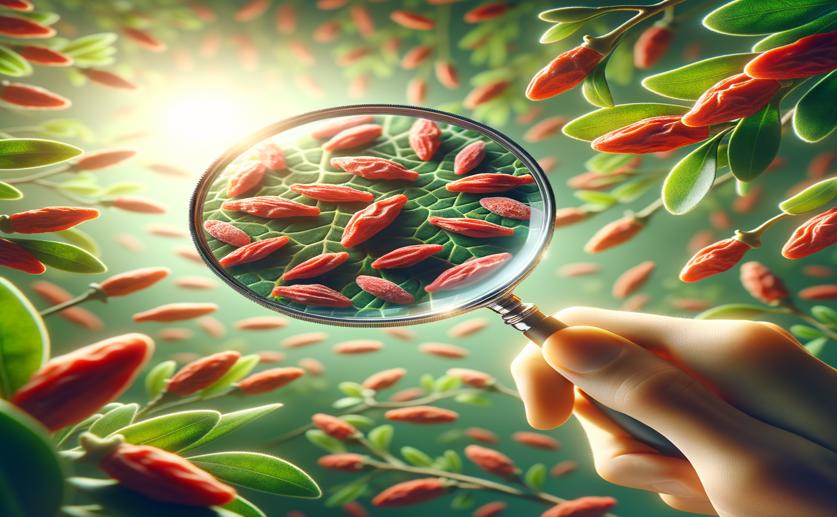
Identifying Genes Linked to Self-Compatibility in Goji Berries
Jenn Hoskins
24th May, 2024

Image Source: Natural Science News, 2024
Key Findings
- The study by North Minzu University focused on understanding the genetic basis of self-incompatibility (SI) in goji plants
- Researchers identified specific S loci in goji, which are regions in the plant's genome that control the SI response
- This discovery provides valuable insights for plant breeders to develop self-compatible goji varieties, potentially improving breeding and cultivation practices
References
Main Study
1) Mapping quantitative trait loci associated with self-(in)compatibility in goji berries (Lycium barbarum)
Published 23rd May, 2024
https://doi.org/10.1186/s12870-024-05092-7
Related Studies
2) Cell-cell signaling during the Brassicaceae self-incompatibility response.
3) Self-(In)compatibility Systems: Target Traits for Crop-Production, Plant Breeding, and Biotechnology.
4) Hydrogen sulfide treatment improves quality attributes via regulating the antioxidant system in goji berry (Lycium barbarum L.).
5) Polyphenols from wolfberry and their bioactivities.



 15th May, 2024 | Jenn Hoskins
15th May, 2024 | Jenn Hoskins